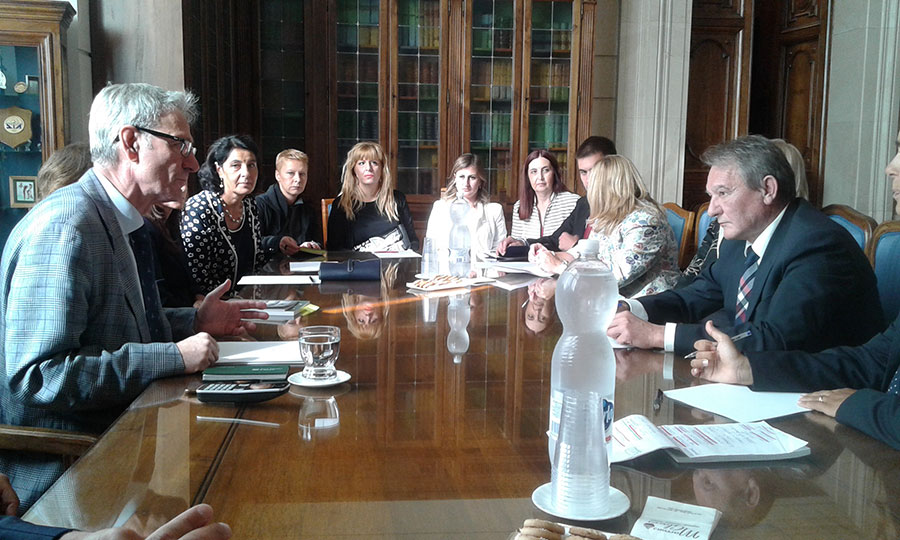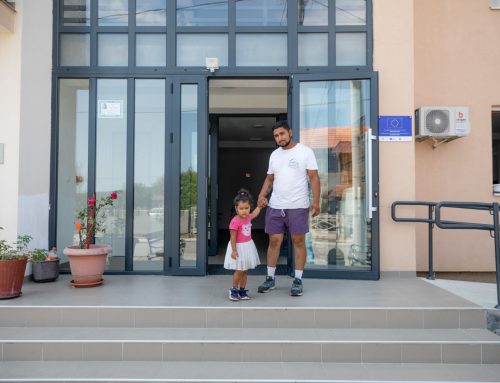The EU-funded “Judicial Efficiency Project” from Serbia organized a study visit to Rome for ten Supreme and Basic Court judges and Ministry of Justice representatives to look deeply into the Italian “mediation laboratory”, the most renowned European mediation system. The study visit took place on 13 and 14 September 2017.
Over the past few decades, case backlog has become one of the most pressing issues of the Serbian judiciary. In 2016 and 2017, with the support of an EU funded “Judicial Efficiency Project”, Serbian judiciary managed to reduce the backlog by more than 800,000 cases. Despite this important achievement, a lot of work is still to be done, particularly on preventing further backlog creation. In this regard, mediation is recognized as one of the most effective preventative measures. However, the EU last progress report for Serbia remarks that Law on mediation introduced in January 2015 has had little impact, therefore more efforts in introducing formal mediation programme in courts, raising awareness on mediation and training among professionals are needed.
The Italian experience model provides a comprehensive view of various types of mediation and the effectiveness of various mediation frameworks employed over time. Hitherto, Italy has undergone five different mediation regulatory phases. The last one, introduced in 2013, proved to be the most successful and offers some good practices. Recently published European Parliament report recognizes Italy as the most advanced in Europe in implementation of EU directive on mediation ((2008/52/EC), with around 200,000 mediation cases per year. In other words, Italy was most successful in meeting the purpose of the directive which is to encourage the use of mediation and achieve a more “balanced relationship between mediation and judicial proceedings”.
During the two-day-long study tour, the Serbian delegation met with Italian judges, mediators, representatives of Ministry of Justice and National School of Judges, and learned more about the Italian model from a legislative, training, court and mediation practice perspective. The main features of Italian mediation model that made it most successful in Europe, such as required initial mediation session in a small portion of civil cases, along with well-regulated market of mediation providers and deployed quality assurance mechanisms for mediators, were well received by Serbian delegation.
As part of the visit, Serbian delegation, leading by the Supreme Court of Cassation President, Mr. Dragomir Milojevic, met with First President of Italian Court of Cassation, Dott. Giovanni Canzio. Two presidents discussed the judiciary in their countries, and agreed to intensify cooperation among the two supreme courts in the future. In the light of next month planned visit of Serbian Minister of Justice to Italy, this meeting implies closer judicial cooperation between two countries in the years ahead. That cooperation will be of great benefit for Serbia on its way to a full EU membership.
As a result of the study tour, the Judicial Efficiency Project will intensify its work with Serbian institutions in the area of alternative dispute resolution, and aim to further improve the legislative framework and mediation practice in line with Action plan for Chapter 23. That will have a positive impact on judicial efficiency and improve access to justice for citizens, and thus be great step forward to the fulfilment of obligations under Chapter 23 of the EU membership negotiation process.




